Cedofeita Street the street you have to visit in Porto Portugal
The street takes its name from the Church of São Martinho de Cedofeita, whose foundation is thought to date back to the sixth century, in full suevo domain. Concerning the antiquity of the temple it will have been said that it was quoted facta (ie, early made), deriving in Cedofeita .
Impressive shopping and pedestrian street ideal for walking and enjoying the amount of contrasts that has the city of Porto. Everything is concentrated here, modern, tacky, pure eclectic, traditional style, tiles and even that Lisbon black and white floor touch. We may have stayed close to the street and gone everyday to go downtown to the center since it is worth it as to change with the times and visit its shops and enjoy its surroundings. Besides not being an extremely touristy street walking quiet and you can enjoy a lively conversation with here :-). He also has an interesting photogenic.
With about 840 meters in length, going from Carlos Alberto Square to Boavista Street, history points out that it was created in the 6th century (6th), still in the domain of the Suevi, a group of German peoples, who settled in the north of the Iberian Peninsula.
Opened in 1784, in the extension of an old road, by order of João de Almada and Mello. Border to the secular Cedofeita Collegiate, it has become an important residential area. Today is one of the main commercial axes of the city. The street is populated by buildings built between the 17th and 20th centuries. During the siege of Porto, Regent D. Pedro made his headquarters in building No. 395, after bombing the area of the Palace of Carrancas.
In Rua da Cedofeita you can find several buildings classified as Property of Public Interest, a great point of interest for those who like art and architecture. With the changes that the city went through, Rua da Cedofeita also underwent some changes. However, this street has slowly come to life and is once again what characterizes it.
Away from the medieval Porto urban core, delimited by the Fernandina Wall, the area of the current parish of Cedofeita, hosted the church of São Martinho, whose foundation is thought to date back to the sixth century, which testifies to the experience of this area in very remote times.
However, the opening of Rua de Cedofeita did not happen until 1762, as part of a vast urban renewal plan implemented by João de Almada and Melo, through the Public Works Board. The new plan aimed to relate the riverside port area with the citys high, through "regularization and creation of drainage axes, as well as their transverse articulation". [1] Among the most important roads was the so-called "Rua da Estrada", today Rua de Cedofeita.
The urbanization of the street was rapid. Although not yet completed at the end of the 18th century, the so-called Balck Round Plan , published in London in 1813, shows the street in its current length - between Carlos Alberto Square and Boavista Street - and with abundant implantation of buildings on both sides.
The vast majority of the buildings that today constitute Cedofeita Street date back to the late 18th century and the beginning of the following. They are predominantly narrow and long, with a certain architectural homogeneity, most of them with balconies, stonework in the definition of the spans and pilasters, granite heights or with stone and ceramic balusters, and tiles in the facade, dating from the 19th or 20th century.
Impressive shopping and pedestrian street ideal for walking and enjoying the amount of contrasts that has the city of Porto. Everything is concentrated here, modern, tacky, pure eclectic, traditional style, tiles and even that Lisbon black and white floor touch. We may have stayed close to the street and gone everyday to go downtown to the center since it is worth it as to change with the times and visit its shops and enjoy its surroundings. Besides not being an extremely touristy street walking quiet and you can enjoy a lively conversation with here :-). He also has an interesting photogenic.
With about 840 meters in length, going from Carlos Alberto Square to Boavista Street, history points out that it was created in the 6th century (6th), still in the domain of the Suevi, a group of German peoples, who settled in the north of the Iberian Peninsula.
Opened in 1784, in the extension of an old road, by order of João de Almada and Mello. Border to the secular Cedofeita Collegiate, it has become an important residential area. Today is one of the main commercial axes of the city. The street is populated by buildings built between the 17th and 20th centuries. During the siege of Porto, Regent D. Pedro made his headquarters in building No. 395, after bombing the area of the Palace of Carrancas.
Away from the medieval Porto urban core, delimited by the Fernandina Wall, the area of the current parish of Cedofeita, hosted the church of São Martinho, whose foundation is thought to date back to the sixth century, which testifies to the experience of this area in very remote times.
However, the opening of Rua de Cedofeita did not happen until 1762, as part of a vast urban renewal plan implemented by João de Almada and Melo, through the Public Works Board. The new plan aimed to relate the riverside port area with the citys high, through "regularization and creation of drainage axes, as well as their transverse articulation". [1] Among the most important roads was the so-called "Rua da Estrada", today Rua de Cedofeita.
The urbanization of the street was rapid. Although not yet completed at the end of the 18th century, the so-called Balck Round Plan , published in London in 1813, shows the street in its current length - between Carlos Alberto Square and Boavista Street - and with abundant implantation of buildings on both sides.
The vast majority of the buildings that today constitute Cedofeita Street date back to the late 18th century and the beginning of the following. They are predominantly narrow and long, with a certain architectural homogeneity, most of them with balconies, stonework in the definition of the spans and pilasters, granite heights or with stone and ceramic balusters, and tiles in the facade, dating from the 19th or 20th century.
Outros Artigos Populares no Blogue
-
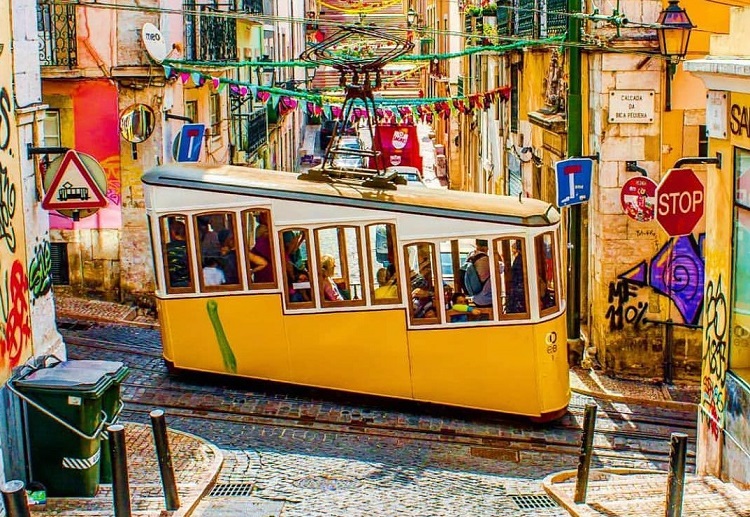

10 amazing things that the Portuguese gave to the world
For a small country, Portugal has made massive contributions to the world throughout its history. Once pioneers who discove... -
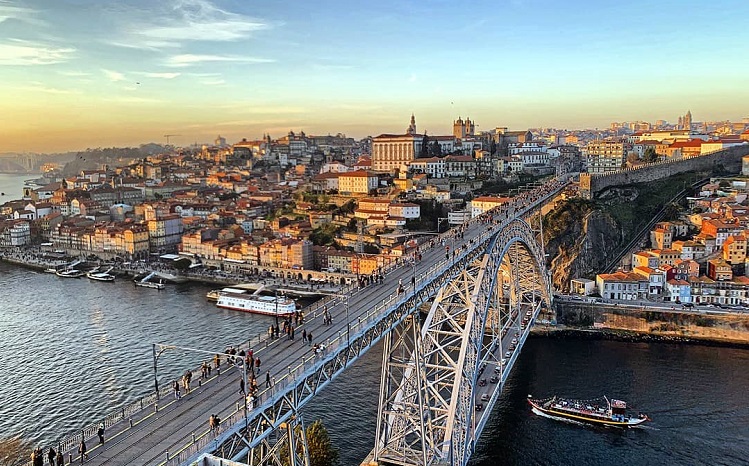

The 8 Most Beautiful Cities in Portugal
A charming and diverse country, full of beautiful Mediterranean beaches, rolling hills, stunning mountain landscapes and a myriad of charming citi... -
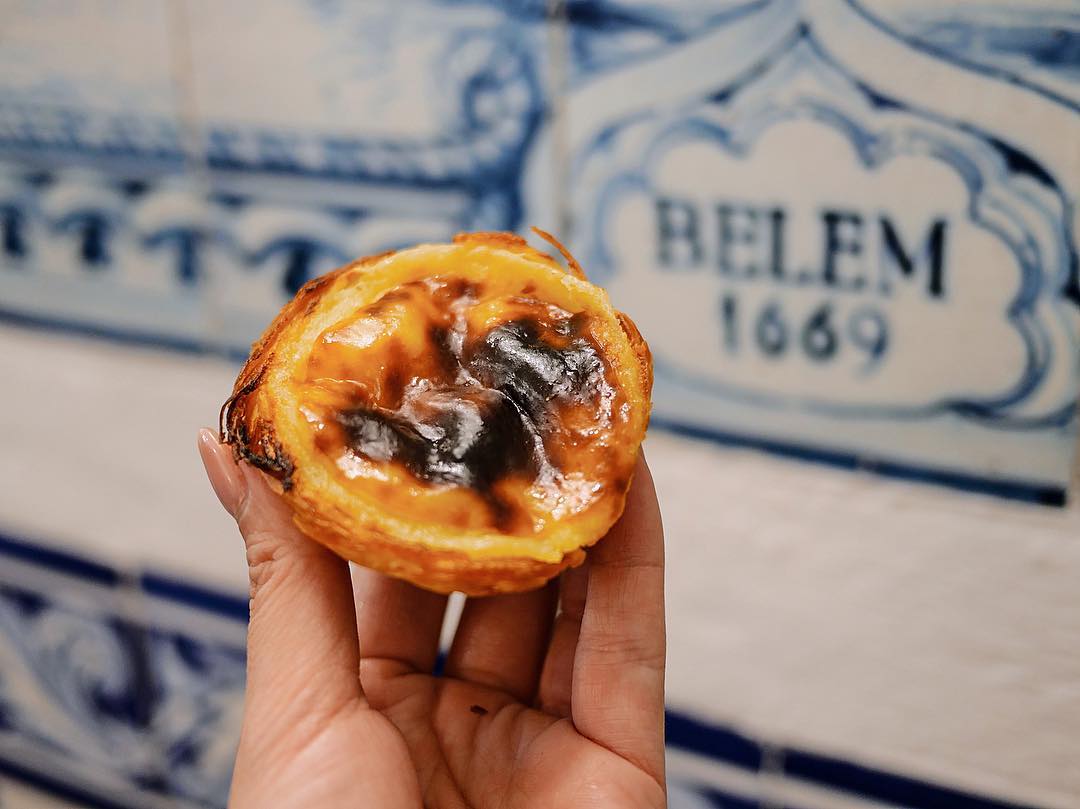

50 things to do in Portugal (at least) once in a lifetime
Today we will discover what are in our opinion the 40 things to do and visit in Portugal (at least) once in a lifetime. Participate in a half maratho... -
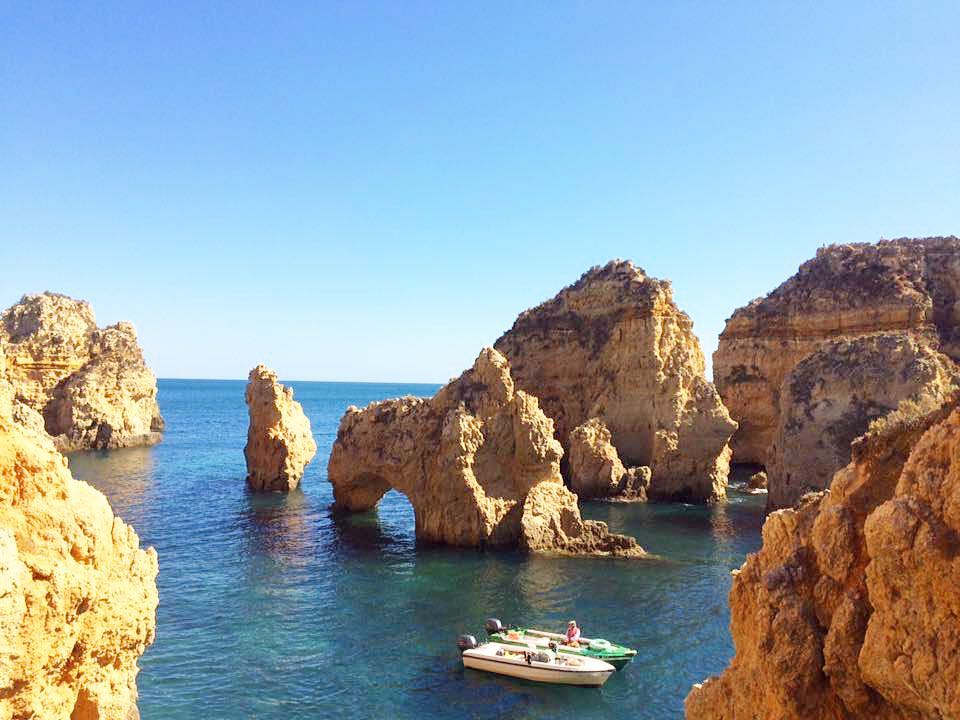

The 9 Most Beautiful Places in the Algarve
Looking for tips on things to do in the Algarve? Below are 9 amazing places to visit in the Algarve to admire the coast. 1. Ponta da Pie... -
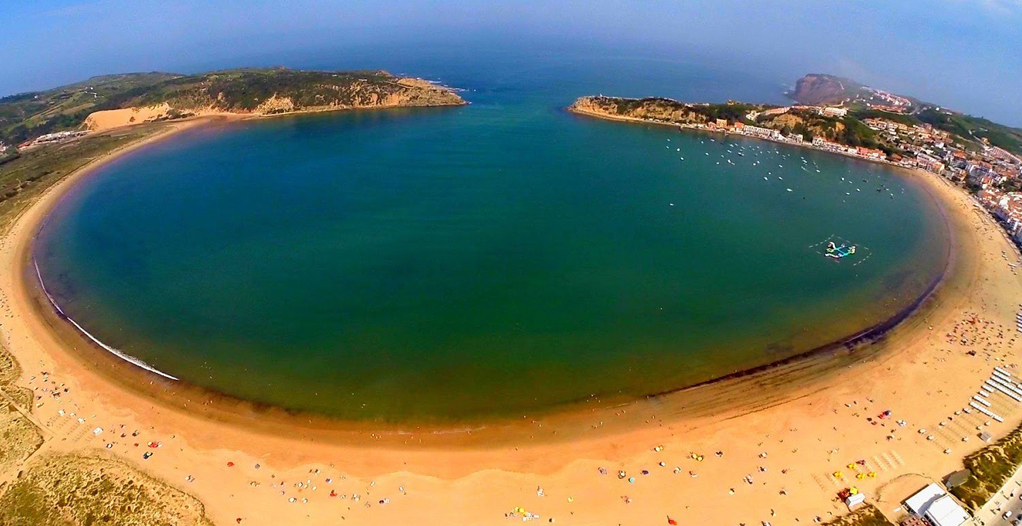

São Martinho do Porto has the most beautiful beach in Portugal with a unique format in Europe
Much of its popularity is due to its beach which is considered one of the most beautiful in the country, of very blue and calm sea, in a unique shell ... -
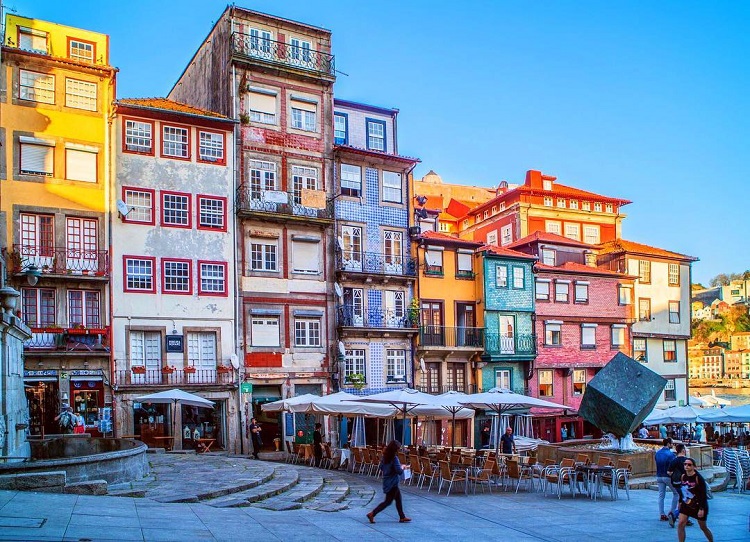

Portugal the country that surprises the world El País traveled from north to south
Over the past four years, the countrys image has changed dramatically, and even seemed exaggerated. As the authentic Portugals, which fell into b... -
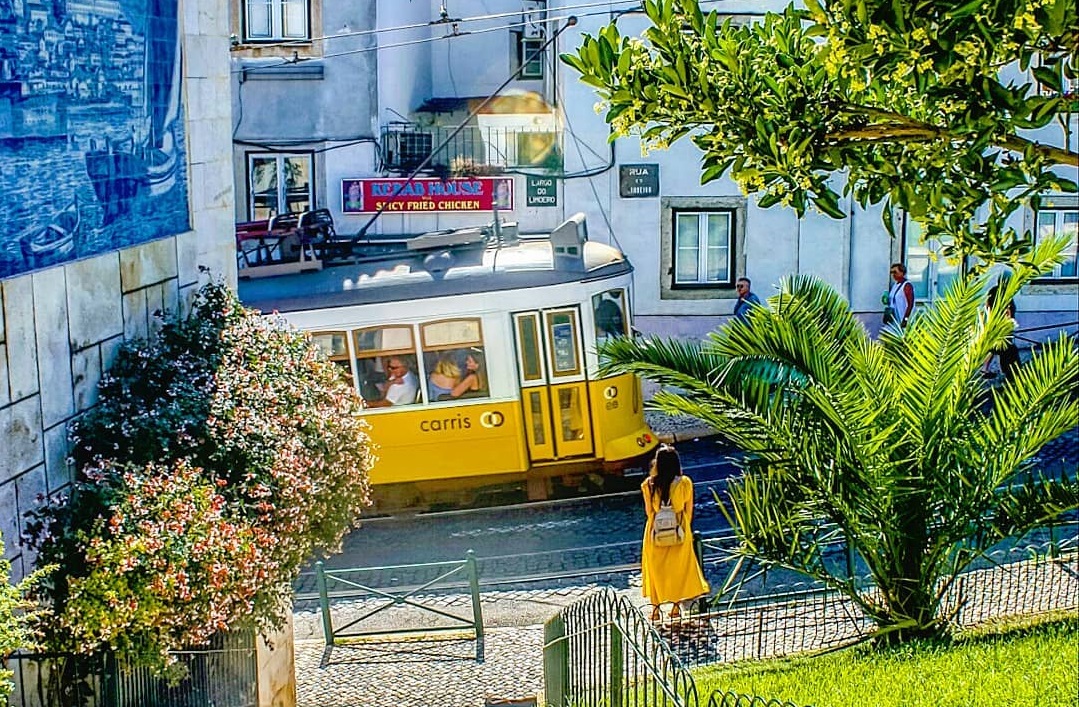

Lisbon one of the most romantic cities in the world
In January Food & Wine magazine, an international publication of American Express, elected the most romantic cities in the world and among them is... -


São Martinho do Porto beach in Portugal with a unique format in Europe
São Martinho do Porto is a charming fishing village located in the municipality of Alcobaça (district of Leiria) in the tourist region o...
